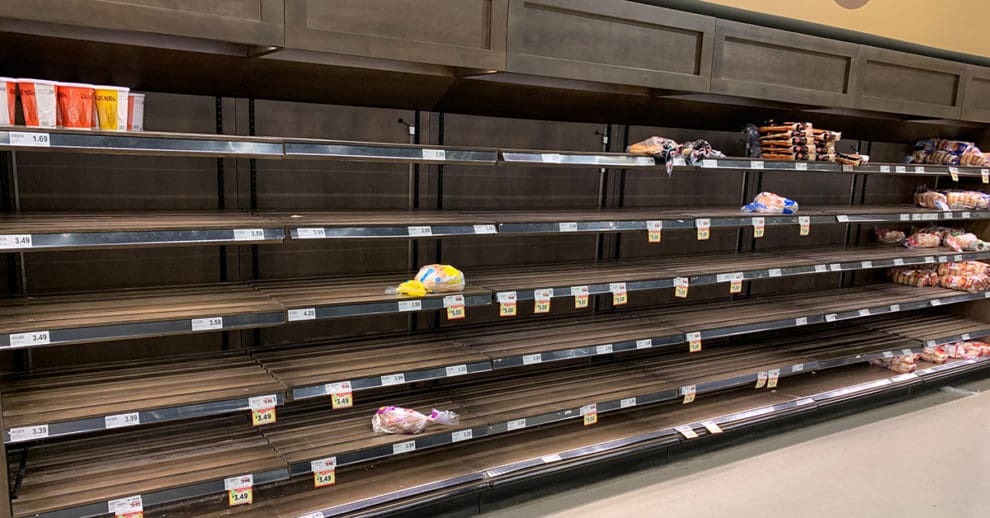
New federal data show that child hunger — already high in 2019 — has soared as families struggle to put food on the table during the pandemic-induced economic recession.
The recently released U.S. Department of Agriculture’s (USDA) Household Food Security Report found that 14.6% of children — nearly 10.7 million — lived in food-insecure households in 2019, meaning that they did not have regular, predictable access to food. In that same year, nearly 1% of households with children — 213,000 households — reported that their children went hungry, skipped a meal, or did not eat for a whole day because there was not enough money for food. The most recent Household Pulse Survey of the U.S. Census, which tracks the real-time impact of COVID-19 on families, found that 12.1 million adults in households with children reported that children went hungry, skipped a meal, or did not eat for a whole day because there was not enough money for food between August 19 and 31 alone. While the two reports cannot be directly compared, the trends suggest that many more families are struggling as a result of COVID-19 and its economic fallout. A survey by the Brookings Institution in July came to similar conclusions, finding that roughly 14 million children are not getting enough to eat as a result of the pandemic recession.
The Household Pulse Survey from the Census Bureau tracks food insecurity, financial hardship, and other indicators of child and family well-being since the outbreak of COVID-19. USDA’s annual Household Food Security report monitors the extent and severity of food insecurity across the United States during a given year through a nationally representative survey.
The USDA report found that in roughly 7% of food-insecure households, parents and caregivers are able to shield their children and provide semi-normal diets by going without food themselves. However, research by the University of Michigan has found that despite parents’ and caregivers’ best efforts, many children still worry about not having enough food and about their parents’ well-being, and express embarrassment and sadness about not having enough food.
The Coronavirus Aid, Relief, and Economic Security (CARES) Act and the Families First Coronavirus Response (Families First) Act increased food assistance benefits, but many children have been left out. Nearly 40 percent of low-income families that receive Supplemental Nutrition Assistance Program benefits (SNAP) have not seen a single increase in benefits, including nearly 5 million children. The Pandemic-EBT program, authorized in the Families First Act to provide families with electronic benefit debit cards to replace lost school meals, had reached only 15 percent of the 30 million children it was intended to help two months after its launch. The program is due to expire at the end of this month.
First Focus Campaign for Children has called on lawmakers to immediately increase SNAP benefits and make other changes to combat the general crisis of food insecurity among children, and the specific surge since the onset of pandemic lockdowns.
